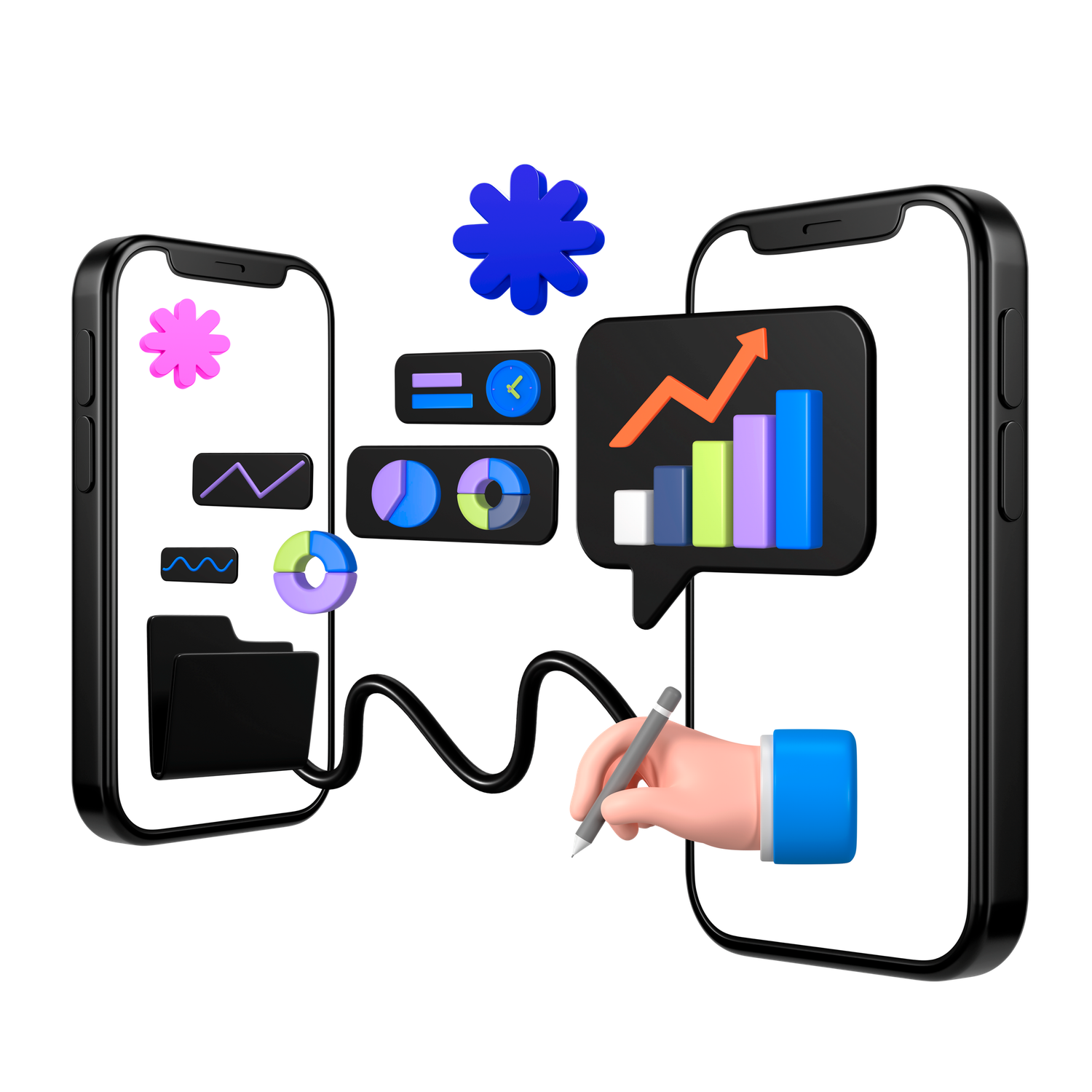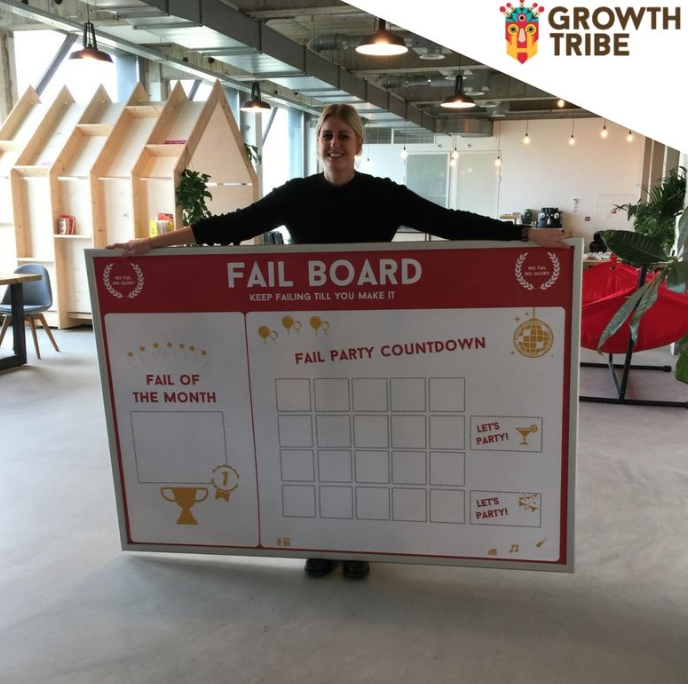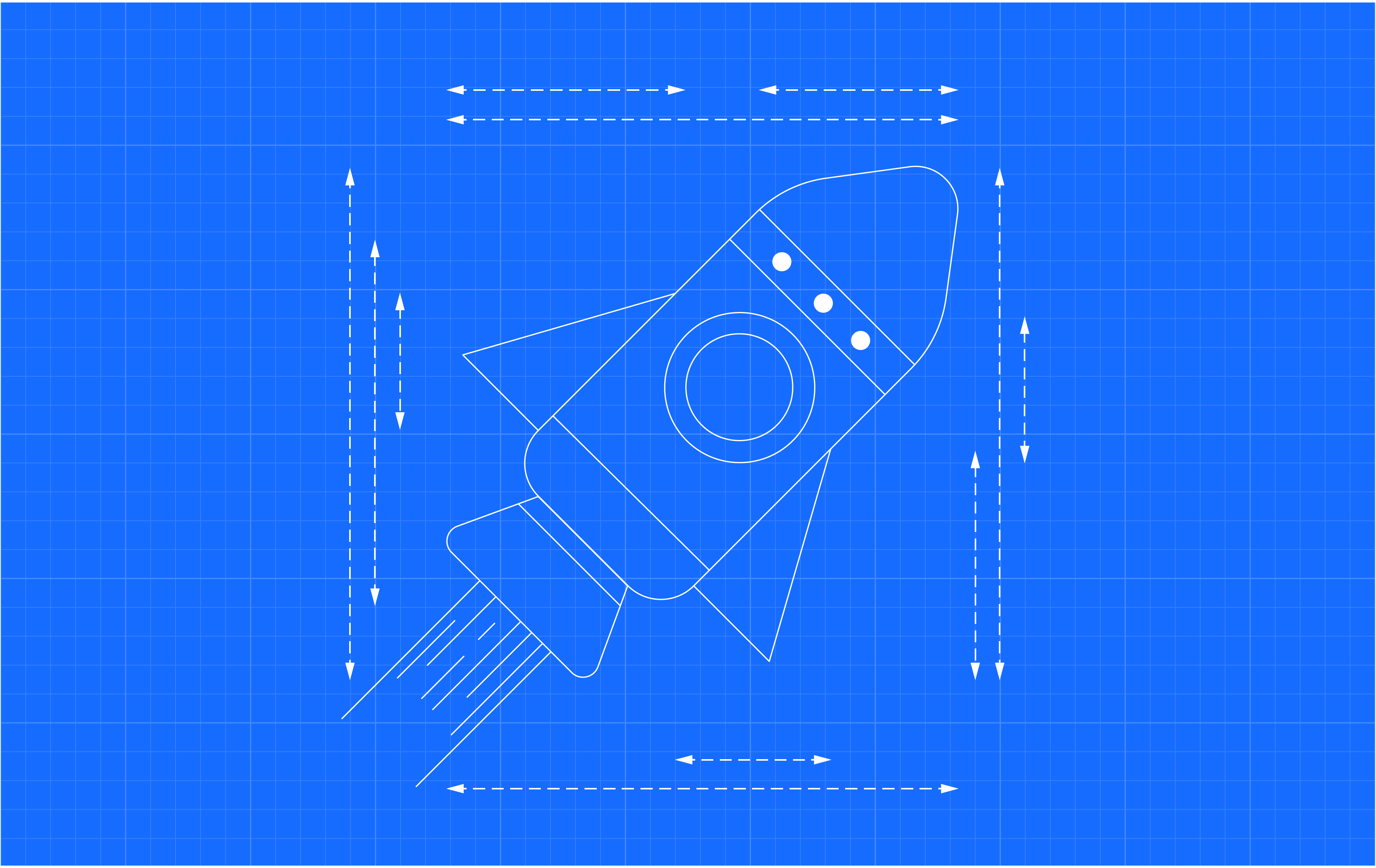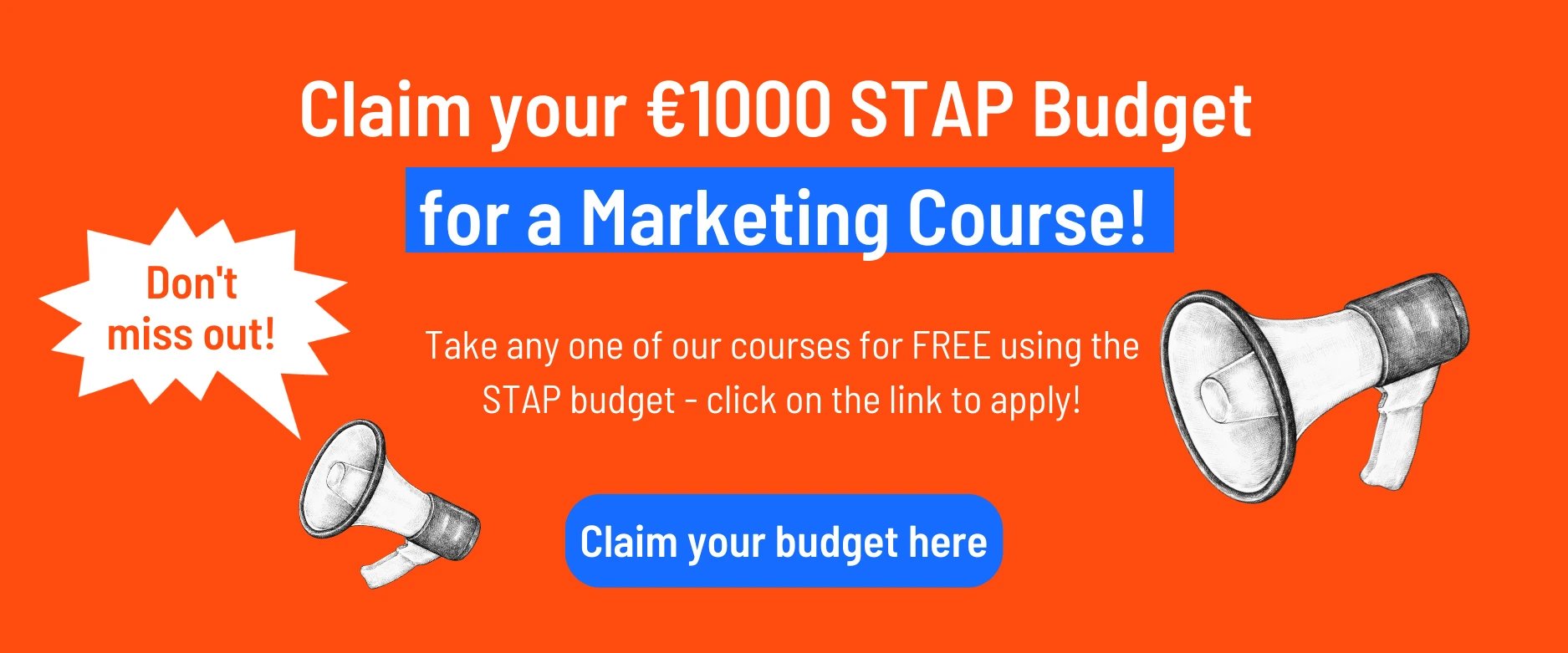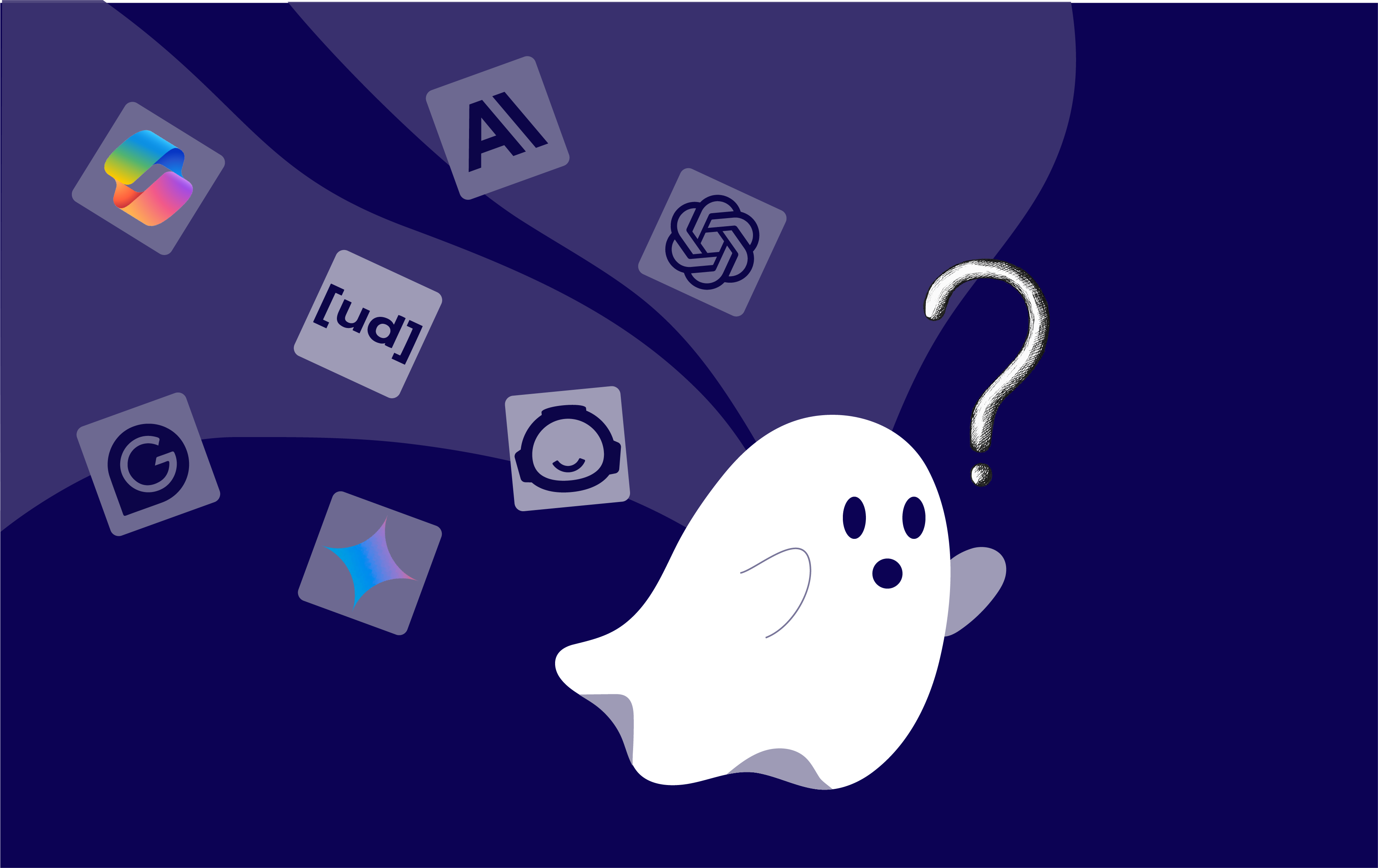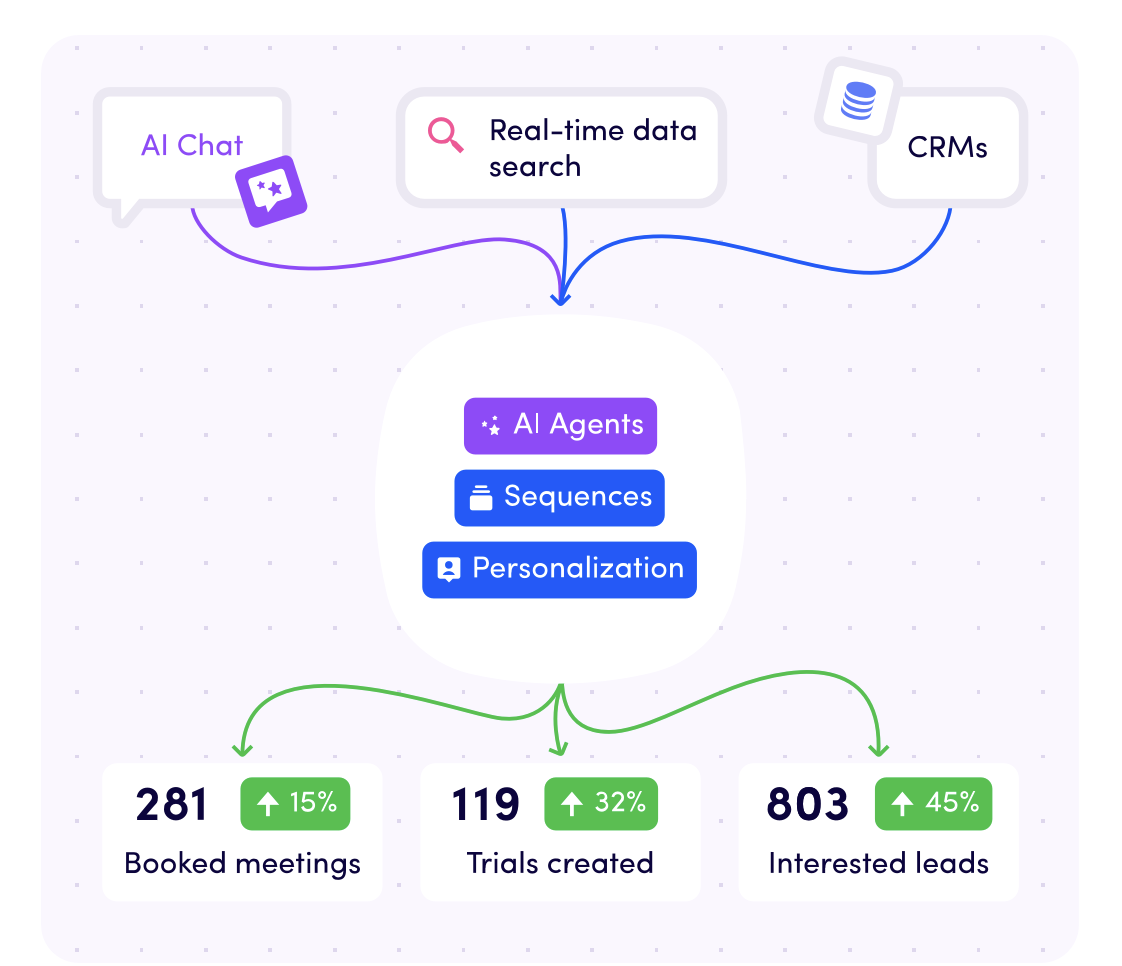How to apply Growth Marketing to Skyrocket your B2B company

Updated on 31/05/2024
Growth marketing involves prioritising ideas, testing and analysing their effectiveness before deciding which to keep, and which to drop. All of this happens within short time frames. So, with B2B customer cycles spanning over months (sometimes years), how do you get started with growth marketing in a B2B company?
We’ll share some key takeaways from our experiences (and the 1000+ companies we’ve trained) and useful resources for B2B growth marketing strategies.
Overview:
2. Adopting the Growth Mindset
3. Understanding the B2B marketing funnel
4. Applying rapid experimentation
5. Finding the best Growth Hacking tools
6. Using WOW moments to influence sales
8. Want to Learn More About Growth Marketing?
B2B vs. B2C Marketing
First of all, let’s make sure we’re clear on the difference between marketing in B2B and marketing in B2C.
B2B businesses sell to other businesses.
They focus all of their marketing on the needs and wants of customers purchasing on behalf of their organisation.
An example of this would be creating online courses for other businesses to accelerate transformation through learning (sounds very familiar).
B2C businesses, however, sell to individual consumers, rather than professional buyers.
All of their marketing is focused on informed decisions, and on the needs and wants of people in their everyday lives.
A simple example of this is a music-streaming platform selling subscriptions to individuals.
Another important distinction between B2B and B2C is that in B2C, typically, the buyer is also the user of the product/service.
In B2B, you often have buyers and users as distinct personas.
Think IT departments acquiring licences for the Design team, for example.
Adopting the Growth Mindset
The first step to applying growth marketing to a B2B company is adopting the growth mindset.
The growth mindset is “based on the belief that your basic qualities are things you can cultivate through your efforts.”
Traits of a growth mindset include:
- Striving to learn
- Taking risks
- Accepting challenges
- Capitalising on setbacks
- Finding value input and feedback from others
One of the best ways to adopt the growth mindset in your B2B company is through creating rituals that embrace failure and enable psychological safety.
At Growth Tribe, we use a ‘fail board’ (shown below).
We write down our failures on this board and after every 10th fail, we throw a party!
(Disclaimer: we also have a win board).
What we found is that by celebrating our failures, our behaviour changed.
We created a culture where failure was seen as an opportunity to improve rather than something to be ashamed of.
We also saw an increase in risk-taking within the company.
Less time is spent on discussion and perfecting, more time is spent on experimenting and growing.
B2B companies that adopt a growth mindset value potential and a passion for learning.
They’re also more innovative and unfazed by uncertainty.
Understanding the B2B marketing funnel
Once you adopt the growth mindset, you must understand your customer journey and marketing funnel.
The Pirate Funnel is the funnel of choice for growth hackers.
For an in-depth breakdown of the Pirate Funnel, check out this video.
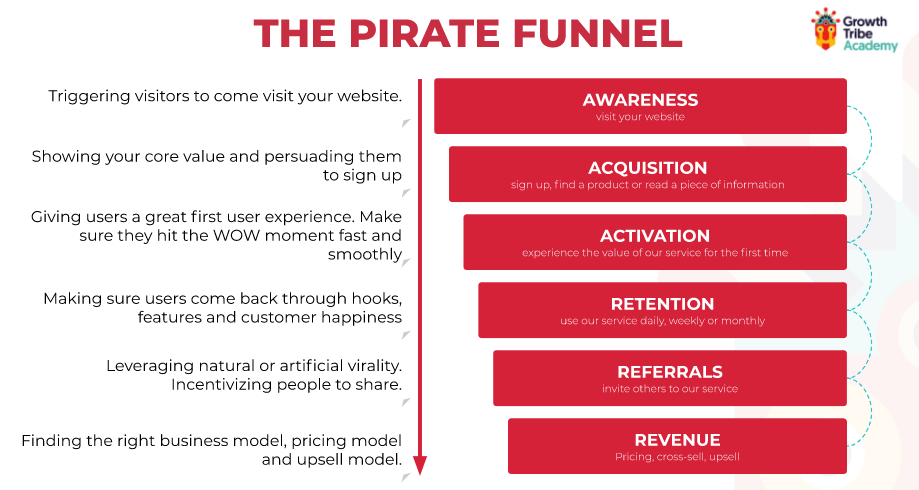
A typical B2B customer journey can look like this:
Month 1: Awareness
- Tailoring awareness campaigns and ads on relevant social media channels, segmented and personalised around your Ideal customer persona (ICPs).
- Encouraging people to browse your website and social platforms to increase brand awareness.
Month 2-3: Acquisition
- Retargeting website visitors with value-building gated content like white papers, free trials (for SaaS), webinars and other articles.
- Capturing relevant information that will be useful for marketing and sales nurture further down the customer journey.
Month 3-8: Activation
- At this stage, the user may or may not be product-aware (depending on the content they previously consumed).
- This is where you ensure that the user is aware of the solution your company provides and give them the opportunity to show interest.
- This can be in the form of downloading a product/service brochure or booking a call with the sales team.
- Marketing and sales meet to nurture, qualify and get potential customers over the finish line. Multiple internal and external stakeholders may be involved.
- The more information you know about your lead at this point, the more you’ll be able to tailor marketing efforts to close the deal.
We’re only at acquisition, and we’re already 8 months in!
The point we’re making is that large B2B services and products can take years to close.
The question is, where does rapid experimentation fit into such a long customer journey?
To make the best out of your strategy, take a look at our digital IQ test.
👉 Our cutting-edge free IQ test is the key to unlocking your inner digital genius.
Find out your IQ score today!
We measure your cognitive ability in the most in-demand digital skills
- Digital Marketing
- Data Science & Analytics
- Project Management
- Emerging Technology
- UX Design
- Programming/Coding
- Web Design/Development
The report will give you an IQ score and a breakdown of your strengths and weaknesses in each of the digital skills we measure.
Applying rapid experimentation
Experimenting along a B2B customer journey is possible.
But it requires a clear mapping out of the journey, identifying performance gaps, and where there is room for rapid experimentation.
Rapid experimentation is possible when:
- You can design an experiment with clear inputs (i.e. one or few variables), a measurable metric that matters, and success criteria with a metric tracking template.
- You can gather reliable data at a high enough volume to statistically determine the success of the experiment (make sure you’re aware of the best data tools).
The second point can be difficult in B2B marketing since volumes can be low and costs high.
In these cases, it’s best to use leading indicators as your metrics that matter and build from there.
We can’t all wait 365 days for a deal to close to call the success of an experiment - that’s not very rapid.
Here are some simple experiments you can try in your B2B company:
Discounts and rewards - Incentives can be a great way to increase your sales.
Try placing these incentives at points in your customer journey where there’s a high drop-off rate.
PayPal famously achieved 7-10% daily growth by literally paying people to invite their friends.
We’re not telling you to go that far. We’re just telling you that it worked.
Offering free trials - Depending on your business, you can tempt potential clients by giving them a taste of your product for free.
If by the end of the free trial, they don’t upgrade to the full version, you now have an audience to focus your growth hacking efforts on through nurturing.
Creating valuable content - 80% of business decision makers prefer to get information from an article rather than an ad.
Try experimenting with different types of high-quality content such as blogs, case studies and webinars to show your value and set you apart from your competitors.
Be sure to read up on these landing page optimisation tips to ensure your content efforts aren’t wasted.

The growth mindset is all about continuous learning.
Teams need to be ready and open for experiments to fail - in fact, around 75% of experiments will fail.
The biggest mindset shift is accepting these as learnings instead of losses.
Finding the best Growth Hacking tools
When we asked one of our alumni, Aren Grigorjan, about the top learnings he applied to his marketing role after taking our Growth Hacking course, he said:
“I learned how to use different (marketing) tools which I had never heard of or even knew existed”.
Using the right tooling is key to building successful experiments and executing your growth marketing strategy.
Start by identifying the questions you want to answer.
Once you’ve done this, here’s a list of 33 growth hacking tools you should know about.
And, If you want to know more about growth hacking in general, click here.
Using WOW moments to influence sales
A WOW moment is the point at which users first see the value or benefit of your product or service.
For example, for Dropbox, it’s when you put at least 1 file in the folder.
For Netflix, it’s when you watch the first 30-60 seconds of a show or movie.
When it comes to B2B, it’s crucial to build on the ‘soft’ wow moments that lead to the main one.
This can be prospective customers logging into a demo, showing a video of how your product works, or even sharing a use case.
The objective is to reduce friction in the user journey and make people experience the benefits of your product as soon as possible.
If you can make an impact, this will convert leads into sales.
Building a Growth Team
Finally, depending on the size and stage of your B2B business, you’ll want to build a Growth Team to execute.
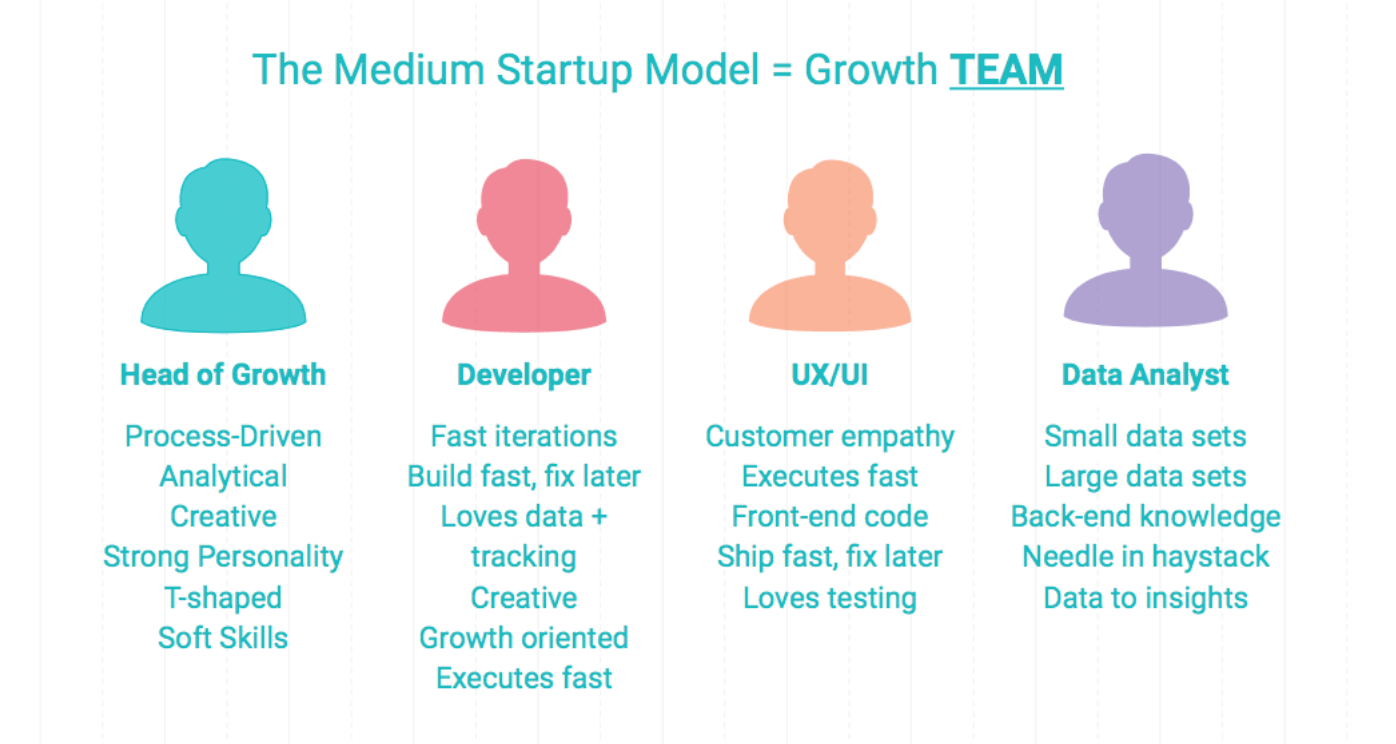
A usual team structure we advise includes a Head of Growth, a Developer, UX/UI Designer, a Data Analyst, and a Sales Rep.
Having a dedicated salesperson available to the growth team is key.
This allows you to build relationships, answer complex questions, and get customers to the point of purchase.
We asked one of our alumni, Mariachiara Tirizoni from Nexusat, about the main challenges of applying growth marketing to B2B. She said:
“We need to maintain a very open dialogue with Sales: they should also acquire the growth mindset since B2B relies a lot on direct contact and personal relationships.”
Having a close relationship with Sales will help align the acquisition strategy and experiment prioritisation.
Deciding with your team on the most important metrics for each stage of the funnel is also key.
This way, you can work towards and create a strategy that allows you to reach your growth goals.
Want to Learn More About Growth Marketing?
You're in for a treat!
As a leading educational course provider, we created the most effective Growth Marketing course you can find!
Our comprehensive Growth Marketing course is designed to equip you with the skills and strategies needed to thrive in today's digital era.
Whether you're an aspiring marketer or a seasoned professional, this course is tailored to meet your needs and take your growth marketing expertise to the next level.
6 Modules | 62 lessons | 35 videos | 6 tests | 6 exercises
- Module 1: Back to the fundamentals
- Module 2: Make data work for you
- Module 3: Design & execute your own experiments
- Module 4: Funnel marketing (awareness & acquisition)
- Module 5: Funnel marketing (activation & retention)
- Module 6: Funnel marketing (referral & revenue)
You can also find out more about growth hacking in this complete guide.
FAQ
What is Growth Marketing and how is it different from traditional marketing?
Growth marketing is a data-driven approach focusing on the entire customer journey, from acquisition to retention. Unlike traditional marketing, which prioritises brand awareness and lead generation, growth marketing uses continuous experimentation and optimisation to drive scalable growth, integrating multiple marketing channels and data insights.
How can my B2B company start with growth marketing?
Start by:
- Defining Marketing Goals: Identify key objectives, like increasing leads or improving conversion rates.
- Understanding Your Audience: Conduct market research to understand your target market.
- Building a Growth Team: Assemble a team with marketers, data analysts, and product managers.
- Developing a Strategy: Outline tactics, channels, and success metrics.
- Implementing and Experimenting: Run small experiments, measure results, and iterate based on data.
What are some effective growth marketing strategies for B2B companies?
Effective strategies include:
- Content Marketing: Create valuable content for your target audience.
- Account-Based Marketing (ABM): Focus on high-value accounts with personalised efforts.
- Email Marketing: Use segmented campaigns to nurture leads.
- SEO and SEM: Optimise for search engines and invest in paid search.
- Social Media Marketing: Use LinkedIn and other platforms to connect with prospects.
How can I measure the success of my growth marketing efforts?
Track KPIs like:
- Lead Generation: Number of new leads.
- Conversion Rates: Percentage of leads converting to customers.
- Customer Acquisition Cost (CAC): Cost to acquire a new customer.
- Customer Lifetime Value (CLV): Revenue a customer base generates over time.
- Retention Rates: Percentage of repeat customers.
What challenges might I face in implementing growth marketing for B2B? How can they be overcome?
Challenges include:
- Long Sales Cycles: Overcome by nurturing leads with consistent engagement.
- Data Integration: Use analytics tools to manage data effectively.
- Resource Allocation: Prioritise high-impact experiments and allocate resources wisely.
- Resistance to Change: Promote a growth mindset within your team.
- Measuring ROI: Implement comprehensive tracking to measure the return on your efforts accurately.
Categories
- Business & Innovation (83)
- Growth & Marketing (72)
- Artificial Intelligence (53)
- Data & Analytics (16)
- Case studies (10)
- Project Management (10)
Related articles
Latest articles
AI in Finance: Why You Need It Now
Imagine a world where loans are approved in seconds. Sounds...
ChatGPT Search Unveiled: Should You Make The Switch Now?
Picture this: You’re no longer just “searching” the web—you’re...
Shadow AI Explained: How to Harness Hidden AI Without the Risks
Picture this: your team is under pressure to deliver results—fast....
The 33 best AI tools for commercial teams
The tools are split into 2 categories The best AI tools for your...




